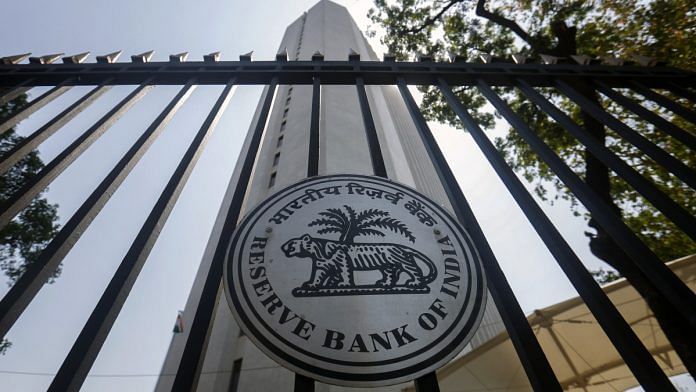Mumbai/ New Delhi: India’s shadow banks are likely to see a further squeeze on their profit margins after the Reserve Bank of India signaled it will tighten liquidity requirements to bring them in line with the country’s more closely regulated commercial banks.
Instead of providing a much-expected liquidity window to non-bank finance companies via the regular lenders, the central bank took a tougher stance on Friday by issuing draft guidelines requiring most NBFCs to set aside a liquidity buffer by investing in high-quality liquid assets, primarily sovereign bonds.
“The regulator won’t bail out any particular company but will ensure the NBFCs are more disciplined and strong at the cost of some short-term pain,” said Avinash Singh, research analyst at SBICAP Securities, a subsidiary of State Bank of India. If implemented, the draft guidelines could hit the NBFCs’ margins and business growth, Singh added.
India’s shadow lenders have been under pressure since last year, when a series of defaults by Infrastructure Leasing & Financial Services forced the government to intervene and exposed weaknesses in the sector. Since then, the banks and mutual funds which provided funding to the NBFCs have reduced their exposure, creating a cash crunch which caused the shadow lenders to sell assets and restrict new loans.
Average yields on top-rated five-year bonds issued by NBFCs climbed 16 basis points in April, the biggest monthly gain since June 2018.
On Friday, the RBI unveiled proposals for a new liquidity framework for NBFCs which it said it planned to introduce in the four years starting in April 2020. The RBI said the firms play an important role in the Indian financial system, especially in providing credit to the retail and small-company sectors.
Default Danger
Larger NBFCs would be less affected by the new measures because they have already started maintaining a liquidity buffer since the IL&FS problems last year, said analysts at IDFC Securities. Well-rated firms have seen their costs of funds revert to pre-crisis levels, according to a Saturday report by Mahrukh Adajania and Sanket Chheda.
However, longer term funds aren’t easily available and the sector is still vulnerable to a default by one of the stressed NBFCs or housing finance firms, the IDFC report said. “That will again lead to a spike in marginal cost of funds and drying up of liquidity for the NBFC sector,” the analysts wrote.
Reliance Capital Chairman Anil Ambani urged the government and the RBI to act quickly to create a liquidity window in an interview published Tuesday in the Economic Times. The sector is in a “full-blown crisis” and the authorities should “look into this urgently,” Ambani was quoted as saying.
Any such liquidity window is expected to use commercial banks as intermediaries, similar to the arrangement the central bank put in place in 2008, during the global financial crisis.
The government of Narendra Modi, which received a sweeping new mandate in elections last week, is signaling a tough line with individual shadow lenders, while not ruling out measures to avert a credit crunch.
“Should there be a need to address the contagion we will do everything that is necessary to keep the credit market functional,” said Sanjeev Sanyal, principal economic adviser at the Finance Ministry. “However we have to be aware of the moral hazard of intervening in every disruption. Otherwise, we will end up perpetuating and encouraging asset-liability mismatch,” Sanyal added.
Also read: Another RBI rate cut next month will give fresh life to Indian bonds






